Updated 11/21/23
The single most common question we hear at tastings, on social media, you name it is “What’s the best mezcal?” The second most common is “What is the right mezcal that I should be drinking?” Both are loaded terms that make tons of assumptions, the first that there is any single best, the second that we all align on a single set of values.
So, we always turn the question around and ask the questioner about their priorities: What is their flavor set? What things did they like at the tasting? Is the issue of sustainability important to them? We all make buying decisions based on values and priorities important to us, whether we are fully aware of them or not, so we try to tease those out and align mezcal suggestions with the people in front of us. The short story is that there is no simple, cut and dry answer. It depends on you, your taste, your values, and these things (including the mezcals) can change over time.
Take me as an example: I don’t buy tomatoes before July 4th or after September 30th because for me, the tomato is the epitome of summer produce and I only want to eat it at the height of freshness. Tomatoes are part of my DNA, I grew up eating ones that came fresh from our garden, or my grandparents gardens, and now from farmers markets– I do not have a green thumb so I have given up on growing my own. I like knowing where they are farmed, when they were picked and that they were grown as organically as possible. Price is not my number one concern, but it is part of my decision making process.
Like with tomatoes, there are things I want to know about any mezcal I am going to buy. The things that are important to me have evolved over time as I have learned more about mezcal, how it’s made, and the issues that surround it. First, I have been blessed to have tried many different mezcals from many regions which has enabled me to understand what flavors I prefer. I can distinguish between mezcals that are well made or reflect a certain tradition but that aren’t to my taste, that’s important to me, but not everyone is the same.
On other questions my background in sustainability and especially sustainable agriculture influences my decision making. I want to understand how the agave was raised, the economics involved (key points are: fair pay, ownership, and agency), and if there are any mitigations in place to lessen the environmental impact in the mezcal production.
And yes, price is a question, I am a single mom living in the hyper-expensive Bay Area. Price is always a consideration in my decision making.
With all that in mind here are some key factors that should help you.
First, define what is important to you. Here are some questions to ask yourself:
- Does it need to be a certified mezcal?
- Do I have price limitations?
- Does it matter where and how the agave was grown?
- Is the production process important?
- Does it matter who owns the brand?
- Do I care about the environmental impact of the production process?
- What kind of flavors do I care about?
Once you decide what’s important to you and what your priorities are, you can begin the research, which for the most part, you will need to do on your own unless you are lucky enough to live near a retailer or bartender who knows their stuff and can answer questions.
The question of ownership
This is often framed as Mexican vs foreign owned. And that’s not the best way to look at it. What really matters is what level of agency the producer has with the brand. This is another one of those subtle points because plenty of producers have great sway over a brand from what’s in the bottle all the way to the label design, but don’t necessarily own the brand itself. There are so many flavors of partnerships that we can’t do justice to them all but we do note when a producer has some stake in the brand and which are family or producer owned. We recently updated our list of Mezcals available the US with this information so take a look. As always, if we missed any, let us know.
The ownership question has become more pronounced in the wake of the explosion of celebrity owned brands, conversations about appropriation, and how the conversation about mezcal is framed. All of these discussions reflect a greater focus on social and economic justice so, if they are important to you, you’ll need to do your research. Look at a brand’s social media feed to see how they promote their mezcal. Do they discuss their relationships with producers? Do they include that information on their bottles? A general rule of thumb is that the more transparent a brand is about who made the mezcal and how they made it, the closer you can get to the actual facts of how it was made and who was involved in it.
Beyond ownership, perhaps you are also interested in ways to support female producers. Not only are there female producer owned brands, there are also female owned brands and female importers, as well as brands that have been focusing efforts on supporting more female producers.
Sin maguey, no hay mezcal…
As the saying goes “Without agave, there is no mezcal.” But, it’s really important to understand which agave and how it was grown. Enormously. While the idea that your agave was wild may sound great you have to ask hard questions about how that resource was managed. In many cases wild agave is over harvested so it is very important to know where it was grown and how that crop was managed.
In some areas like San Luis Potosi there is an abundance of wild agave which producers are busily turning into great mezcals. In others the issue is much more complex. Oaxaca is ground zero for agave production so it’s also the focal point for questions about over harvesting. In 2010 people were harvesting wild Tobalá as fast as humanly possible because that agave was in the highest demand and it seemed that it could only grow wild. As it turns out, many people were already cultivating Tobalá and, a decade later, we’re tasting the fruits of their labors. But that still doesn’t remove all the pressure from that agave so you always have to be asking questions like:
- Are there any limitations in place to ensure the sustainability of the agave?
- Are there any reforestation or replanting programs in place?
- Are they grown in the traditional milpa structure or in the mono crop system?
Maintaining genetic diversity of agave is crucial as it helps protect plants against plagues, pests, fungus, droughts, etc. It is also important that growing techniques help maintain soil health and do not contribute to erosion.
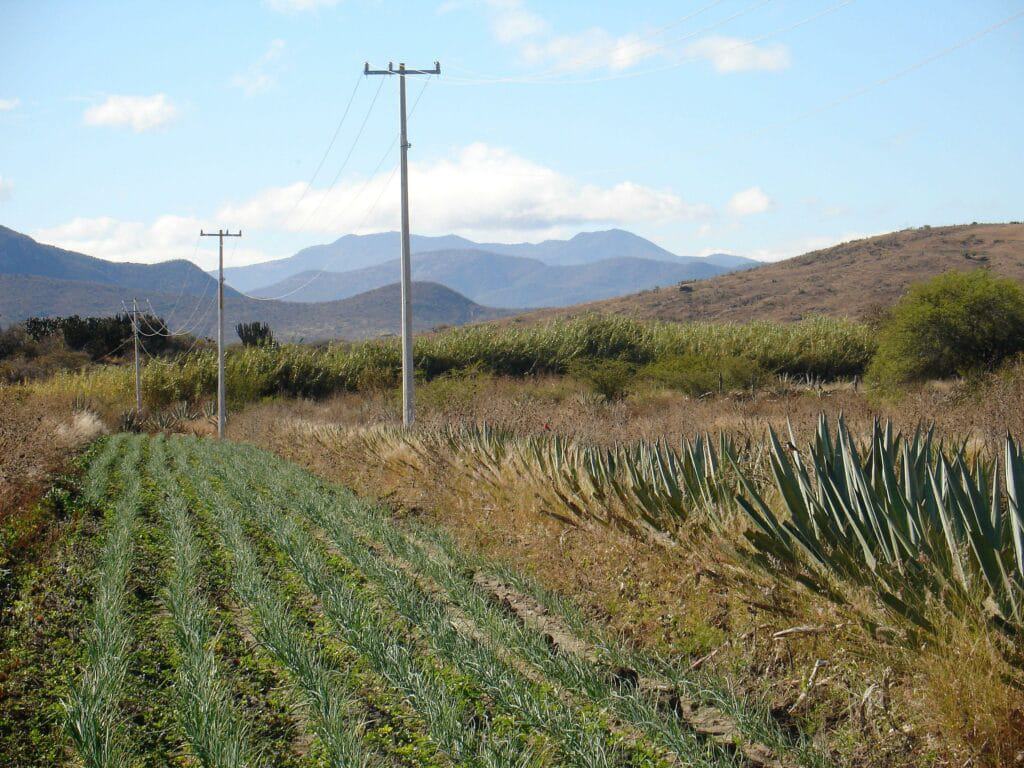
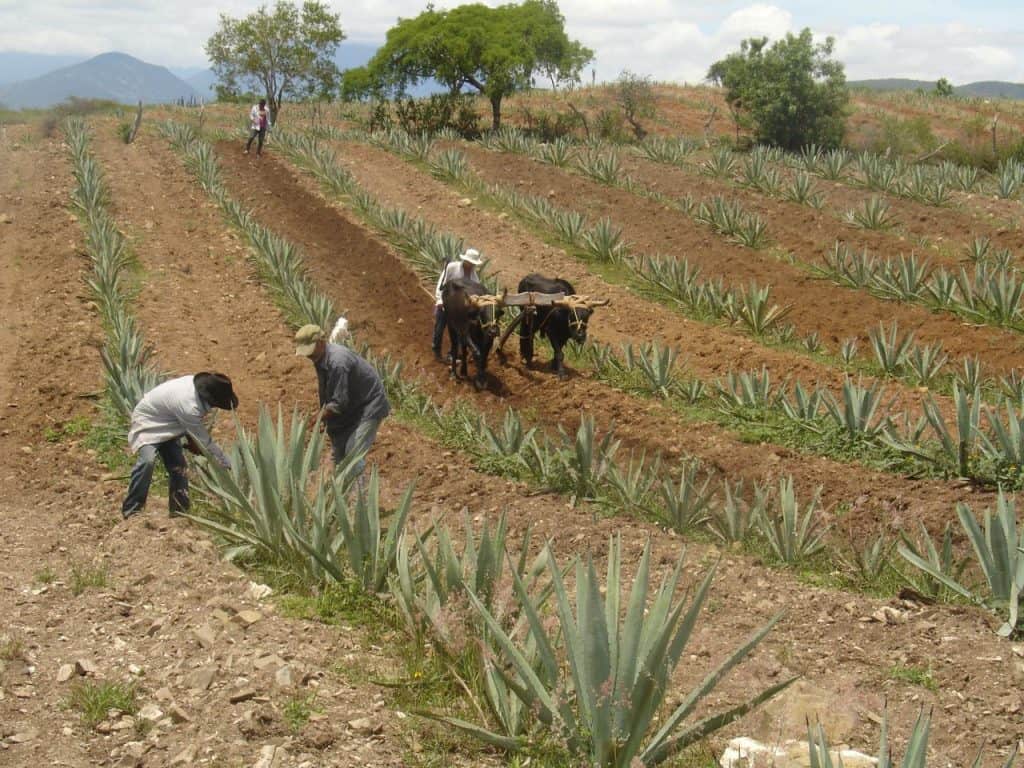
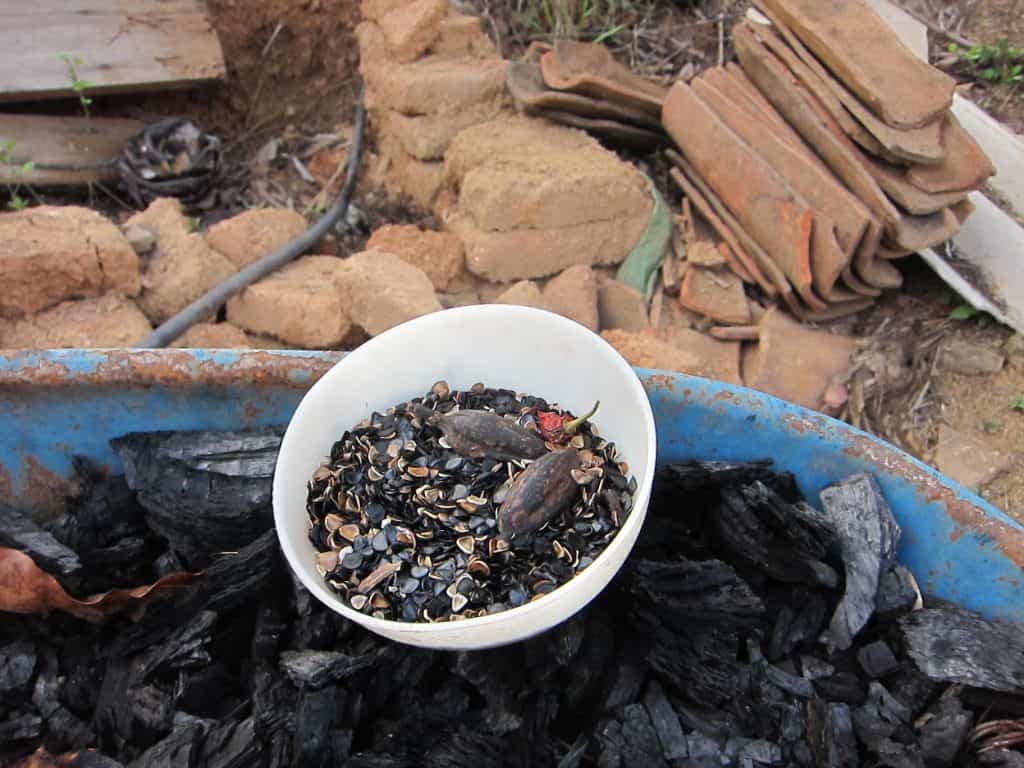
This is pretty detailed stuff and information about agave growing practices is not likely to be found on bottle labels. Recently, contributing writer Joahna Hernandez wrote a piece about some of the different reforestation programs underway, highlighting various brands and their projects. COMERCAM, one of the regulatory bodies for mezcal, developed a database and QR code for each certified bottle of mezcal that listed various details, including where agave was grown. It definitely had glitches and was by no means complete, but it did provide some transparency. In order to use this database, you need to download the COMERCAM App from the iPhone app store.
Producing mezcal involves the use of raw materials beyond agave. These include wood for roasting and distillation and water for both fermentation and distillation. There are several certified forestry programs that help producers source wood that has been ethically grown and harvested. There is also the issue of water and where it comes from. With climate change, we are seeing instances of prolonged drought, putting pressure on groundwater (wells) as well as rivers and reservoirs. At this time, aside from asking brands how water is being managed for use, there is not a central source to find more information.
And then there is the outputs question, or how are brands and producers dealing with the waste byproducts of production which include the spent agave fibers, bagaso, and the contaminated water, viñaza. In the past, this was not a huge issue as production was small and very localized, but with the huge increase in demand and the corresponding increase in production, it is no longer viable to dump the waste back into fields or rivers. There are now programs that use the by products to make adobe bricks as well as systems that can clean the polluted water before it is released.
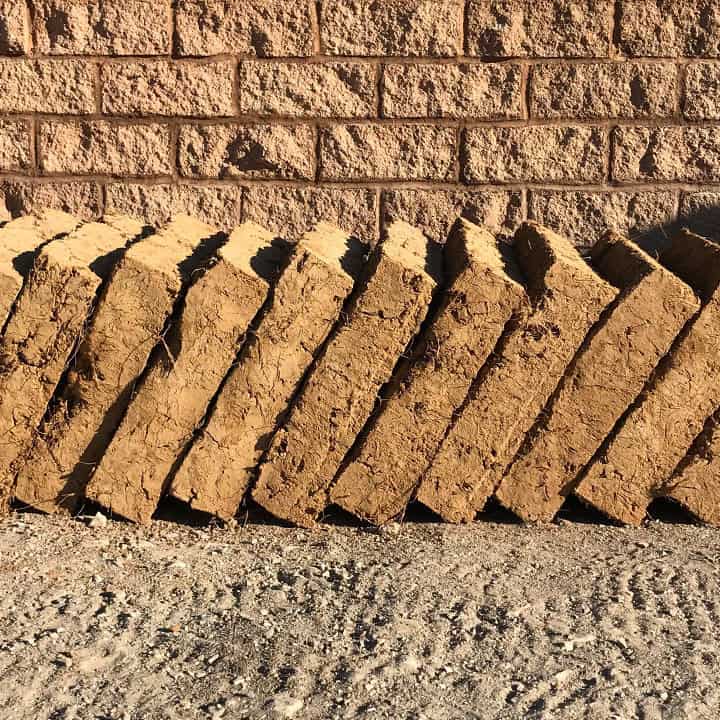
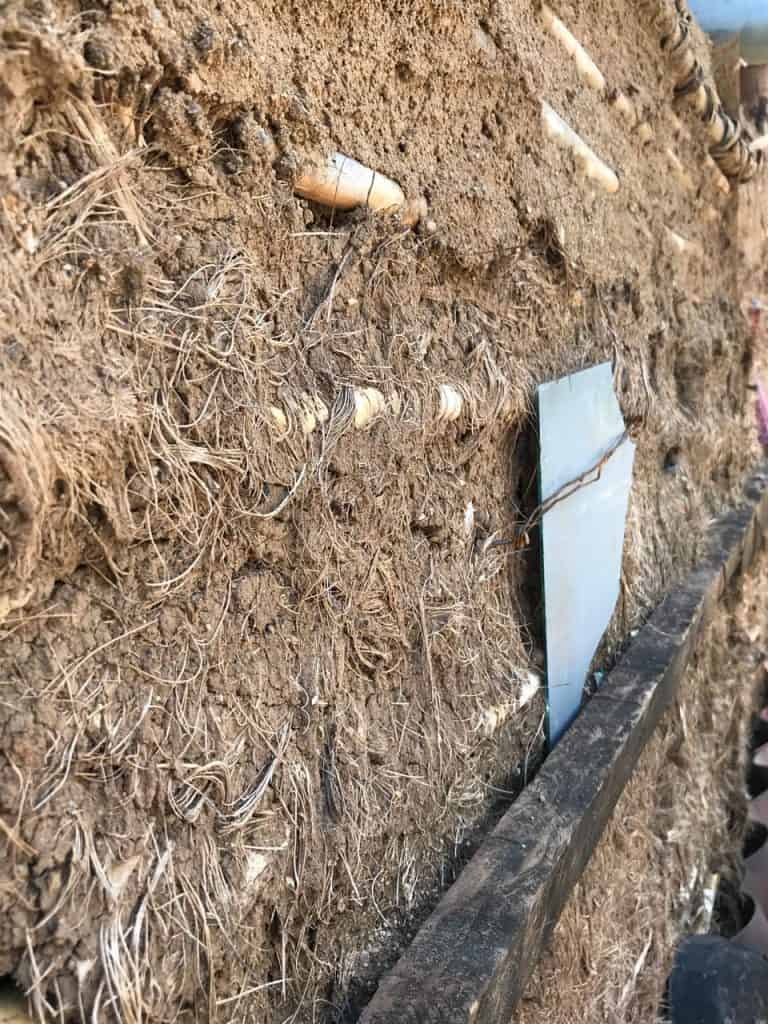
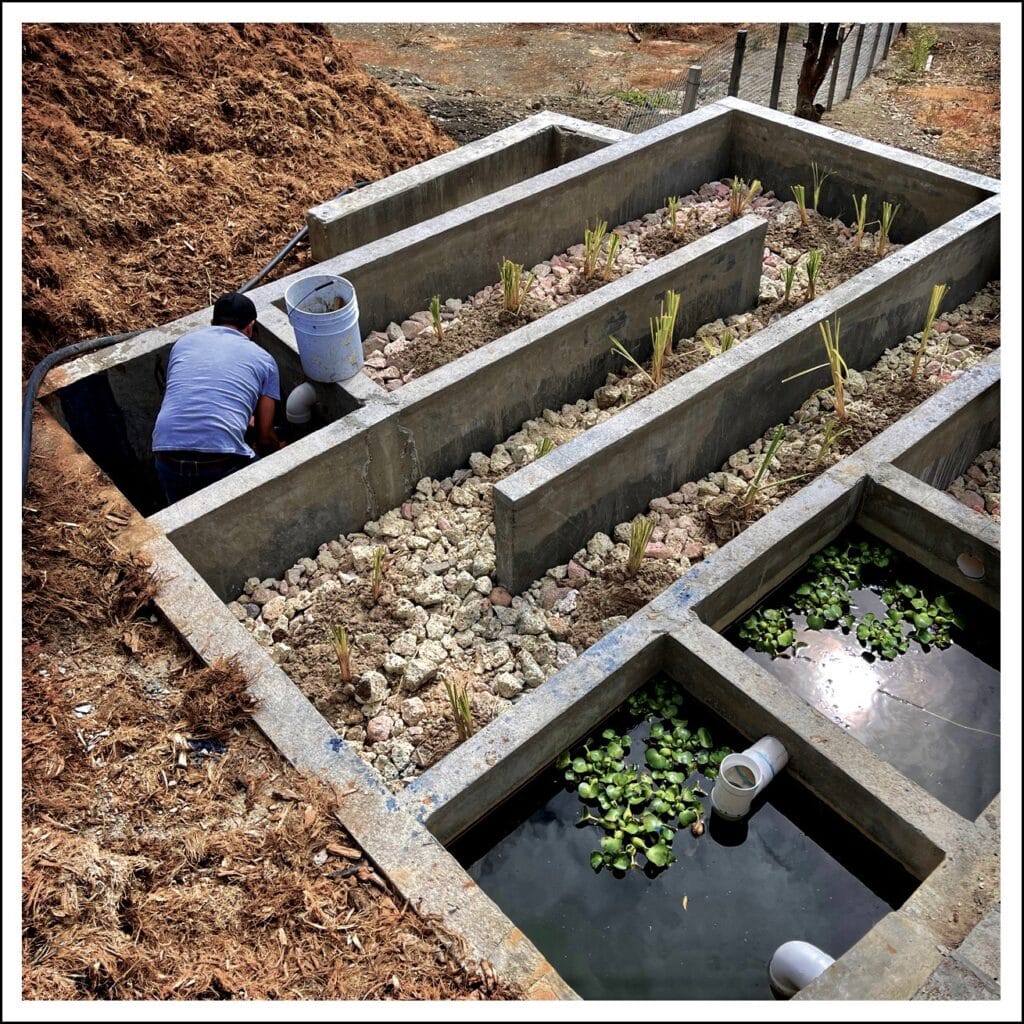
And finally, there is the issue of the pollutants released into the air when roasting the agave or during the distillation process. Some producers are now using gas or radiant heat to roast the agave (Fidencio Unico as an example) or during the distillation process to help mitigate that, which pits the desire for traditionally produced mezcal against moves to be more environmentally friendly. These brands include Los Javis, Don Amado and Sombra.
We have a number of stories about sustainability that dive deeply into the issue.
But it has to taste good, right?
The “right” mezcal has to be one that you enjoy, otherwise why drink it? Figuring out the flavors you like means trying a lot of mezcal and keeping track of it so you can see patterns emerge. You might learn that mezcals made from Karwinskiis are what you enjoy most, or that clay pot distillation is your favorite production method. You may discover that mezcal from a specific region has flavor notes you enjoy or that there is a specific mezcalero whose mezcal you can’t get enough of. You will find that your palate changes over time and that what you once loved is no longer at the top of your list. It is all a process of experimentation and growth. We have a whole section dedicated to tasting notes on the website.
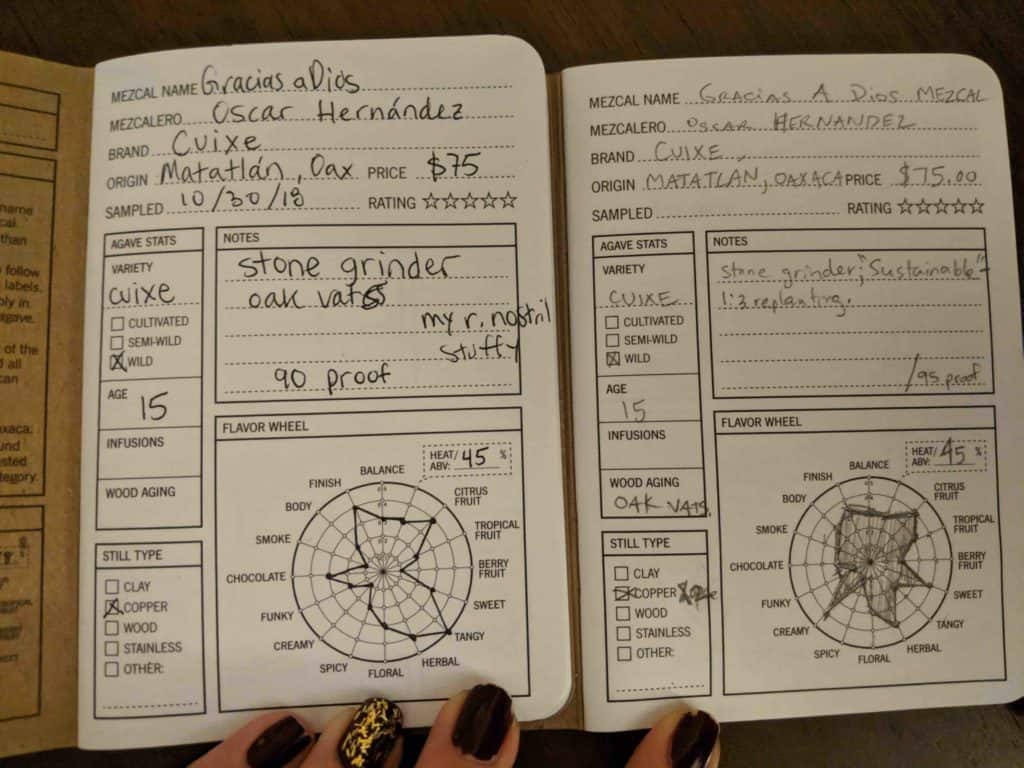
There are several brands that have expressions from all over Mexico that showcase different agaves and production styles or who work with different mezcaleros from different regions within one state. These include Derrumbes, Mezcal de Leyendas and Legendario Domingo to name just a few.
About that price tag
The cost of a bottle of mezcal is an oft discussed topic on many an agave forum. What does the price of a bottle truly mean. A couple of years ago, Erstwhile Mezcal had a good post about the breakdown of the costs involved for each bottle. Brand owner Yuan Yi found that about 25-30% of the cost of the bottle is the actual production cost, and that the remaining 65-70% is each part of the three tier system taking its margin (importer, distributor, point of sale). We also breakdown costs and amounts on our Mezcal Math page. And, while it would be great to buy direct from the producer, that involves a trip to Mexico which just isn’t feasible for most people most of the time. There are folks like Maguey Melate and Agave Mix Tape that have subscription models that eliminates a few of the middle men.
Most high volume mezcal is priced below $45 a bottle in order to appeal to bars and restaurants where margins are tight. There are several good sipping mezcals in the market in the $45-$55 range, but the majority of artesanal mezcal usually runs $60-$85. If you are looking for small batch mezcal which we will define as less than 300 liters, you should expect to pay more than $100 a bottle, for truly collectible bottles of micro batches (less than 100 liters) more than $150.
A plug for Mexico in a Bottle
One of the primary reasons why we started Mexico in a Bottle was so that people would have an opportunity to engage directly with brands and ask the questions like the ones listed above as they sipped on the mezcal. That original ethos continues today and we are looking forward to seeing people at out upcoming events.
Mexico in a Bottle brings together representatives of many mezcals so you get a variety of perspectives in one go. Unfortunately the one voice that is often left out is the actual producers because it has been so logistically difficult to get them to our events. US border policies and the coordination in Mexico have been real barriers to this even if we do occasionally manage to get people like Graciela Angeles in person. In a perfect world US visa policy would be more friendly and any mezcalero who wanted could attend the event and speak to his or her product themselves. In the interim we bring together as many voices as possible to address your questions.
Embrace the uncertainty! Join the conversation.
There are two big questions here: Your taste and your values. Neither are simple and we all need to accept that. Unfortunately we live in a world reduced to best of lists which don’t reflect the complexity of us and the world around us. There may really be 10 best washers and dryers out there but you really have to be self deluding to believe that there are 10 best mezcals, beers, wines, or most things. You may have a personal favorite which is good to know but none of us can pretend that anyone else shares that predilection.
While values tend to be shared they are still deeply personal alignments and the better we understand that, the better we’ll be at making considered choices. Most people simply don’t acknowledge the weight that personal background, emotional attachment, or social connections have in these decisions so if you can list those out, you’ll be able to make ethical choices.
Even then, there is no easy way to be an ethical drinker, it involves research and asking a lot of questions. It also involves transparency on the part of everyone involved in the mezcal so, when you’re not getting answers that satisfy you, that may be an answer in and of itself.
While it may seem like a cop-out to not have a list of the “right” brands at the end of this article that is our entire point. So much of the onus is on you to ask a question, to start a conversation. We do our best to answer them, just give us something to go on besides “what’s best?” The other thing to know is that there is a universe of people out there just like you so jump into the comments and start asking or telling us and everyone else about what mezcal is right for you and why.


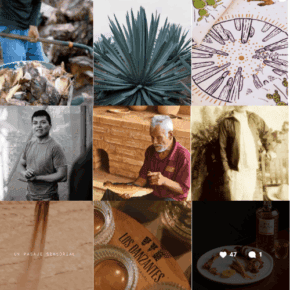
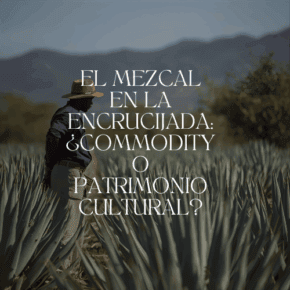








Just bought a bottle of mezcal in Huatulco. Can’t find reviews for it anywhere. I like mezcal but am no expert on types and origins. This bottle seems to be from Mitla, Oaxaca and is a Sierra Negra Remanente. Real Mitleno Is the producer.
Anyone have opinions on this?